Home>Furniture & Design>Interior Design Trends>How To Identify Viking Glass
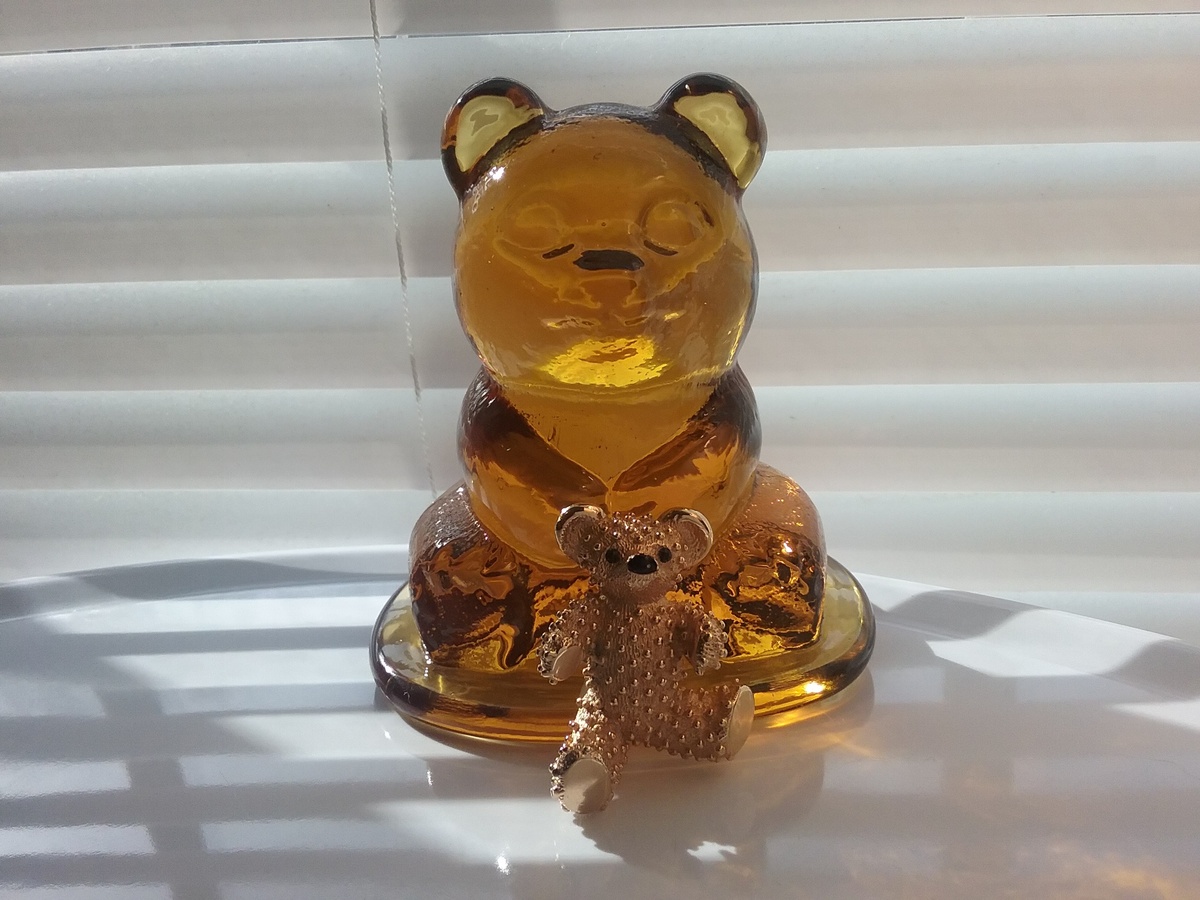

Interior Design Trends
How To Identify Viking Glass
Modified: May 6, 2024
Learn how to identify authentic Viking glass and stay updated on the latest interior design trends with our comprehensive guide. Explore the timeless beauty of Viking glass and elevate your interior design with expert tips and insights.
(Many of the links in this article redirect to a specific reviewed product. Your purchase of these products through affiliate links helps to generate commission for Storables.com, at no extra cost. Learn more)
Introduction
Viking glass, known for its exquisite craftsmanship and timeless allure, has captivated collectors and enthusiasts for decades. With its rich history and distinctive characteristics, identifying authentic Viking glass is a fascinating journey that requires a keen eye and an appreciation for the artistry of this renowned glassware.
The allure of Viking glass lies in its unique qualities, which set it apart from other glassware of its time. From its vibrant colors and intricate patterns to its unmistakable markings and signatures, each piece of Viking glass tells a story of skilled craftsmanship and artistic ingenuity.
In this comprehensive guide, we will delve into the defining characteristics of Viking glass, exploring its colors, patterns, markings, and styles. By understanding these key elements, you will gain valuable insights into identifying genuine Viking glass and distinguishing it from reproductions.
Embark on this enlightening exploration of Viking glass, and unlock the secrets to recognizing and appreciating these timeless treasures.
Key Takeaways:
- Viking glass is known for its vibrant colors, intricate patterns, and flawless surfaces, making it a timeless treasure that reflects the artistry and creativity of its makers.
- To identify authentic Viking glass, look for distinct logos, signatures, and production codes, and pay attention to craftsmanship and design details to distinguish it from reproductions.
Read more: What Is Viking Glass
Characteristics of Viking Glass
Viking glass is renowned for its exceptional craftsmanship and distinctive features that set it apart from other glassware. Understanding the key characteristics of Viking glass is essential for identifying authentic pieces and appreciating their historical and artistic significance.
One of the defining characteristics of Viking glass is its exceptional clarity and brilliance. Authentic Viking glass exhibits a remarkable transparency, allowing light to pass through and illuminate its vibrant colors and intricate details. This clarity is a testament to the skill and precision of the glassmakers who crafted these exquisite pieces.
Another notable feature of Viking glass is its vibrant and richly-hued colors. From deep cobalt blues and emerald greens to striking amber and ruby tones, Viking glass showcases a diverse palette that reflects the artistry and creativity of its makers. These bold and captivating colors are a hallmark of Viking glass, adding a touch of elegance and allure to each piece.
In addition to its captivating colors, Viking glass is distinguished by its intricate patterns and designs. From swirling ribbons and delicate floral motifs to geometric shapes and textured surfaces, Viking glass exhibits a wide array of captivating patterns that showcase the artistry and attention to detail of the glassmakers. These intricate designs contribute to the timeless appeal of Viking glass, making each piece a work of art in its own right.
Furthermore, the exceptional quality of Viking glass is evident in its smooth and flawless surfaces. Authentic Viking glass displays a remarkable level of craftsmanship, with seamless finishes and refined edges that reflect the skill and expertise of the artisans who meticulously shaped and polished each piece.
By understanding these key characteristics of Viking glass, collectors and enthusiasts can gain a deeper appreciation for the artistry and craftsmanship that define this timeless glassware. These distinctive features serve as a guide for identifying genuine Viking glass and distinguishing it from imitations, allowing aficionados to build a collection of authentic and cherished pieces that embody the rich legacy of Viking glassmaking.
Colors and Patterns
Viking glass is celebrated for its captivating array of colors and intricate patterns, which contribute to its timeless allure and artistic significance. The vibrant hues and mesmerizing designs of Viking glass reflect the creativity and skill of the glassmakers who crafted these exquisite pieces.
The colors of Viking glass encompass a rich spectrum that encompasses deep cobalt blues, emerald greens, striking amber tones, and radiant ruby hues. These bold and lustrous colors are achieved through meticulous craftsmanship and the skillful manipulation of glass materials, resulting in a diverse palette that captivates the eye and evokes a sense of elegance and sophistication. Each color is imbued with its own unique charm, adding depth and character to the glassware and showcasing the versatility and artistry of Viking glassmaking.
In addition to its captivating colors, Viking glass is adorned with a myriad of intricate patterns and designs that showcase the artistry and attention to detail of the glassmakers. From delicate floral motifs and swirling ribbons to geometric shapes and textured surfaces, each pattern tells a story of creativity and craftsmanship, infusing each piece of Viking glass with a sense of timeless beauty and artistic expression. These intricate designs not only enhance the visual appeal of the glassware but also serve as a testament to the ingenuity and skill of the artisans who brought these patterns to life.
Furthermore, the combination of vibrant colors and captivating patterns in Viking glass creates a harmonious fusion of art and craftsmanship, resulting in pieces that exude a sense of timeless elegance and sophistication. Whether adorned with bold, abstract designs or delicate, nature-inspired motifs, each piece of Viking glass embodies a unique blend of color and pattern that reflects the rich legacy of glassmaking traditions.
By appreciating the diverse colors and intricate patterns of Viking glass, collectors and enthusiasts can gain a deeper understanding of the artistry and creativity that define this renowned glassware. These elements serve as a testament to the enduring legacy of Viking glassmaking, allowing aficionados to immerse themselves in the captivating world of colors and patterns that define this timeless art form.
Markings and Signatures
Markings and signatures play a crucial role in identifying and authenticating Viking glass, providing valuable insights into the origins and provenance of each piece. These distinctive markings serve as a hallmark of craftsmanship and offer a glimpse into the rich history of Viking glassmaking.
One of the most renowned markings associated with Viking glass is the presence of a distinctive logo or signature. The use of logos and signatures varied across different periods of Viking glass production, with each mark bearing its own unique significance. For instance, early Viking glass pieces often featured a distinctive "VG" logo, serving as a symbol of authenticity and quality. This iconic marking, meticulously etched or embossed onto the glass, became synonymous with the exceptional craftsmanship and artistry of Viking glassmakers.
In addition to logos, Viking glass pieces may also bear the signatures of renowned glass artists and designers. These signatures, often discreetly inscribed or engraved onto the glass, not only add a personal touch to each piece but also serve as a testament to the skill and creativity of the individuals behind the creation of the glassware. By identifying these signatures, collectors and enthusiasts can establish a direct connection to the artisans who contributed to the legacy of Viking glassmaking, adding a layer of historical significance to their collections.
Furthermore, Viking glass markings may include production codes, serial numbers, or factory stamps, providing valuable clues about the time period and manufacturing processes associated with each piece. These markings, often found on the base or underside of the glassware, offer a glimpse into the meticulous production methods and quality control measures employed by Viking glass workshops. By deciphering these production codes and serial numbers, collectors can unravel the unique stories behind each piece of Viking glass, gaining a deeper appreciation for its historical and cultural significance.
The presence of markings and signatures on Viking glass not only serves as a means of authentication but also adds a layer of intrigue and historical context to each piece. By understanding and interpreting these distinctive markings, collectors and enthusiasts can embark on a captivating journey through the annals of Viking glassmaking, unraveling the stories and legacies encapsulated within these timeless treasures.
Look for the distinctive “V” mark on the bottom of the glass, which is a signature of Viking Glass. Additionally, Viking Glass often has a unique, textured appearance and comes in a variety of colors.
Shapes and Styles
Viking glass encompasses a diverse array of shapes and styles, each bearing its own unique charm and historical significance. From elegant vessels and decorative figurines to ornate bowls and sculptural art pieces, the varied shapes and styles of Viking glass reflect the creativity and ingenuity of the glassmakers who brought these exquisite creations to life.
One of the most iconic styles of Viking glass is the classic "teardrop" or "bullicante" design, characterized by the presence of trapped air bubbles within the glass. This distinctive style, achieved through meticulous blowing and shaping techniques, results in mesmerizing patterns of suspended bubbles that add a sense of depth and texture to the glassware. The teardrop design is a testament to the artistry and technical skill of Viking glassmakers, showcasing their ability to transform molten glass into captivating works of art.
In addition to the teardrop style, Viking glass is celebrated for its elegant and timeless vessel shapes, including graceful goblets, sleek vases, and intricately crafted decanters. These vessels exhibit a harmonious blend of form and function, with graceful curves, delicate stems, and refined proportions that exemplify the artistry and craftsmanship of Viking glassmaking. Whether adorned with vibrant colors or intricate patterns, these vessels serve as enduring symbols of elegance and sophistication, embodying the rich tradition of glassmaking that defines Viking glass.
Furthermore, Viking glass encompasses a diverse range of decorative styles, including sculptural figurines, ornate bowls, and intricate art glass pieces. These decorative styles showcase the versatility and creativity of Viking glassmakers, with each piece bearing unique motifs, textures, and embellishments that reflect the artistic vision and technical prowess of the artisans. From delicate figurines depicting animals and mythical creatures to elaborate bowls adorned with intricate patterns, these decorative styles exemplify the diverse artistic expressions found within Viking glass.
By exploring the rich tapestry of shapes and styles in Viking glass, collectors and enthusiasts can gain a deeper appreciation for the artistry and craftsmanship that define this timeless glassware. Each shape and style tells a story of innovation and creativity, offering a glimpse into the rich legacy of Viking glassmaking and the enduring allure of these exquisite creations.
Read more: How To Identify Tiffany Glass
Identifying Viking Glass Reproductions
Identifying Viking glass reproductions requires a discerning eye and a comprehensive understanding of the distinctive characteristics and hallmarks of authentic Viking glass. As the popularity and value of genuine Viking glass continue to soar, the market has seen an influx of reproductions and imitations that seek to emulate the allure of the original pieces. To safeguard against inadvertently acquiring reproductions, collectors and enthusiasts must familiarize themselves with key indicators that can help differentiate authentic Viking glass from replicas.
One of the primary factors to consider when identifying Viking glass reproductions is the quality of craftsmanship. Authentic Viking glass is renowned for its exceptional clarity, flawless surfaces, and meticulous attention to detail. Reproductions, on the other hand, may exhibit inconsistencies in the glass quality, such as visible imperfections, irregularities in the patterns, or a lack of the characteristic brilliance that defines genuine Viking glass. By closely examining the craftsmanship and overall quality of the glassware, collectors can discern subtle differences that may indicate a reproduction.
Another crucial aspect to scrutinize is the presence of markings and signatures. Authentic Viking glass often bears distinct logos, signatures of renowned glass artists, or production codes that offer insights into its origins and provenance. In contrast, reproductions may lack these authentic markings or feature generic, mass-produced identifiers that deviate from the genuine hallmarks of Viking glass. By carefully examining the presence and authenticity of markings, collectors can gain valuable clues about the legitimacy of the glassware.
Furthermore, an in-depth knowledge of Viking glass styles and designs is essential for identifying reproductions. Reproductions may attempt to replicate the iconic shapes, patterns, and colors of authentic Viking glass, but a closer inspection may reveal deviations from the original styles or an absence of the intricate details that define genuine pieces. By comparing reproductions to established patterns and styles of authentic Viking glass, collectors can discern discrepancies that may indicate a lack of authenticity.
In addition to these key considerations, collectors should remain vigilant when assessing the provenance and documentation accompanying the glassware. Authentic Viking glass is often accompanied by detailed provenance records, certificates of authenticity, or historical documentation that trace its lineage and validate its origins. Reproductions, however, may lack credible provenance or documentation, raising red flags about their authenticity.
By leveraging these insights and employing a meticulous approach to evaluation, collectors and enthusiasts can navigate the intricate landscape of Viking glass reproductions with confidence, ensuring that their collections are enriched by genuine pieces that embody the timeless legacy of Viking glassmaking.
Conclusion
In conclusion, the world of Viking glass is a captivating realm of artistry, craftsmanship, and historical significance. From its vibrant colors and intricate patterns to its distinctive markings and diverse styles, Viking glass embodies a rich legacy that continues to inspire collectors and enthusiasts around the globe. By delving into the defining characteristics of Viking glass, individuals can gain a deeper appreciation for the artistry and creativity that define this timeless glassware.
The allure of Viking glass lies in its exceptional clarity, vibrant colors, and flawless surfaces, which reflect the skill and precision of the glassmakers who meticulously crafted each piece. The diverse palette of colors, ranging from deep cobalt blues to radiant ruby hues, adds a touch of elegance and sophistication to Viking glass, while the intricate patterns and designs showcase the artistry and attention to detail of the glassmakers.
Furthermore, the presence of distinctive markings and signatures on Viking glass serves as a testament to its authenticity and quality. Whether adorned with logos, signatures of renowned glass artists, or production codes, these markings offer valuable insights into the origins and provenance of each piece, adding a layer of historical significance to the glassware.
The varied shapes and styles of Viking glass, including the iconic teardrop design, elegant vessels, and decorative art pieces, exemplify the creativity and ingenuity of the glassmakers. Each shape and style tells a story of innovation and artistic expression, offering a glimpse into the rich tradition of Viking glassmaking.
As collectors and enthusiasts navigate the landscape of Viking glass, it is essential to remain vigilant when identifying reproductions. By closely examining the craftsmanship, markings, and designs of Viking glass, individuals can safeguard against acquiring inauthentic pieces and ensure that their collections are enriched by genuine treasures that embody the enduring legacy of Viking glassmaking.
In essence, the world of Viking glass is a testament to the timeless allure of artistry and craftsmanship, offering a captivating journey through the annals of history and the enduring legacy of glassmaking traditions. By embracing the distinctive characteristics and hallmarks of Viking glass, collectors and enthusiasts can embark on a rewarding exploration of these timeless treasures, each piece a testament to the enduring legacy of Viking glassmaking.
Now that you've got the tools to identify authentic Viking glass, why not deepen your understanding of its origins and historical significance? Our next article, What Is Viking Glass, delves into the fascinating story behind these beautiful artifacts. You'll learn about the techniques used by artisans and the various influences that shaped Viking glass styles through the ages. Perfect for enthusiasts and newcomers alike, this read will surely enrich your appreciation of this unique art form.
Frequently Asked Questions about How To Identify Viking Glass
Was this page helpful?
At Storables.com, we guarantee accurate and reliable information. Our content, validated by Expert Board Contributors, is crafted following stringent Editorial Policies. We're committed to providing you with well-researched, expert-backed insights for all your informational needs.
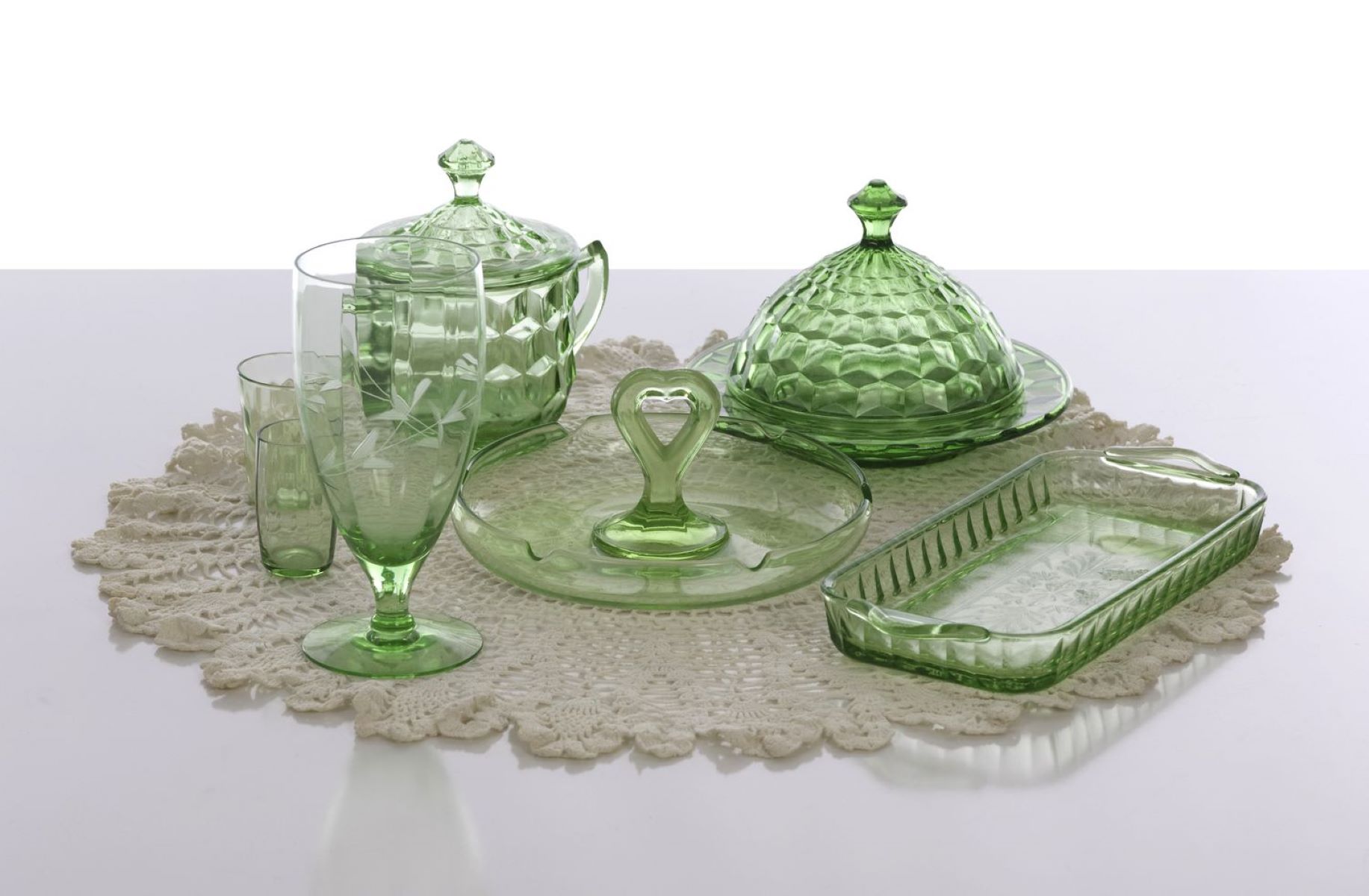
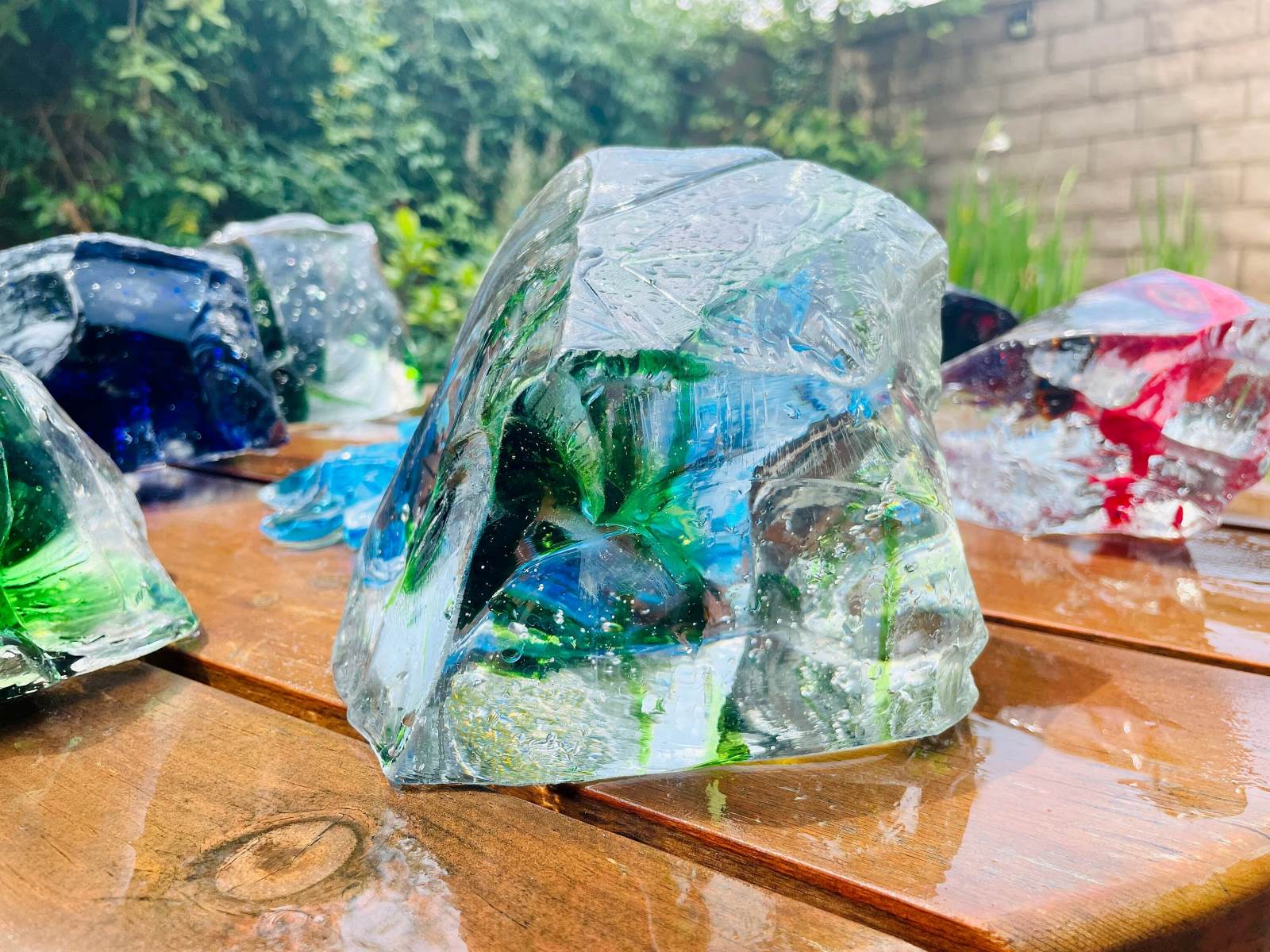
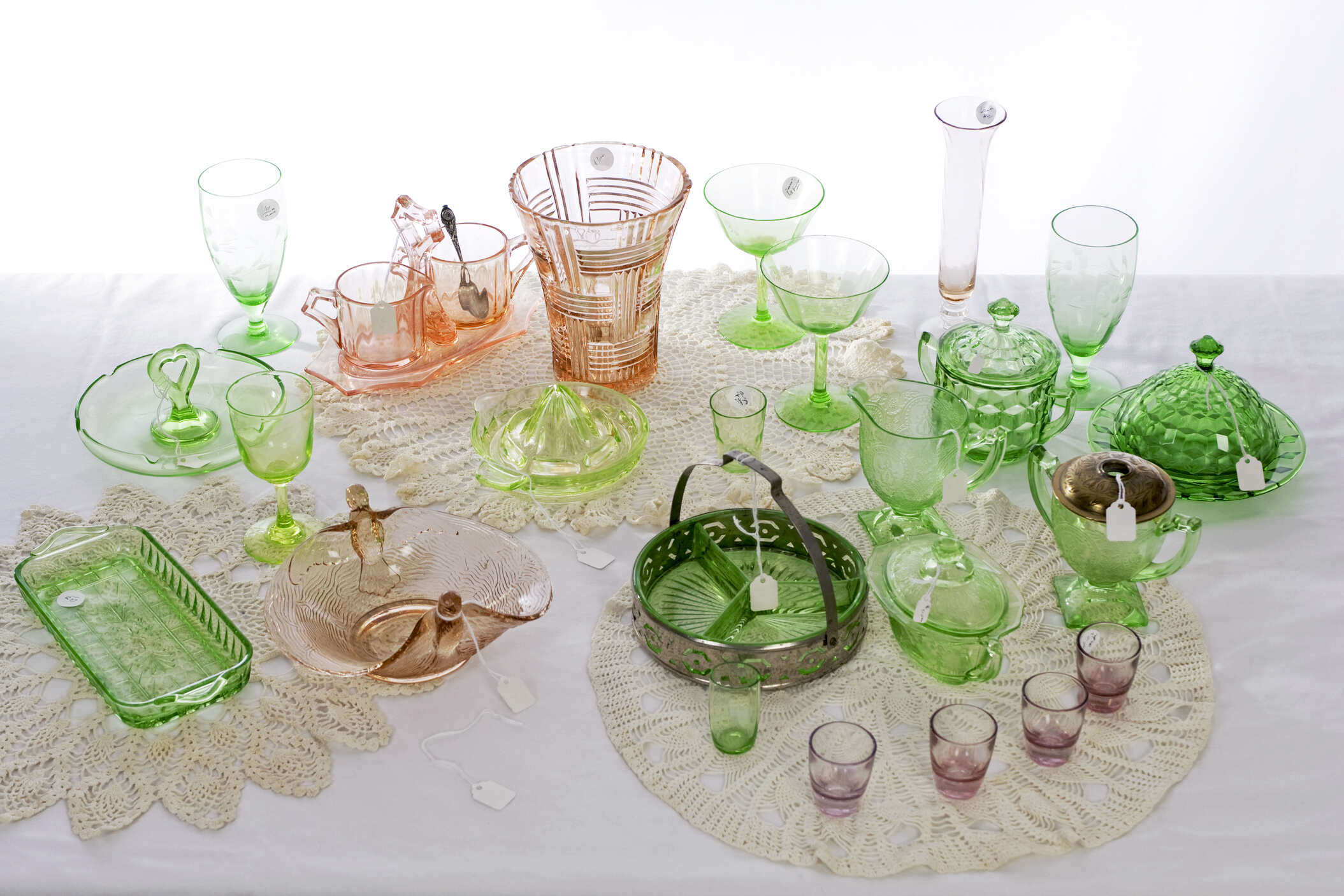
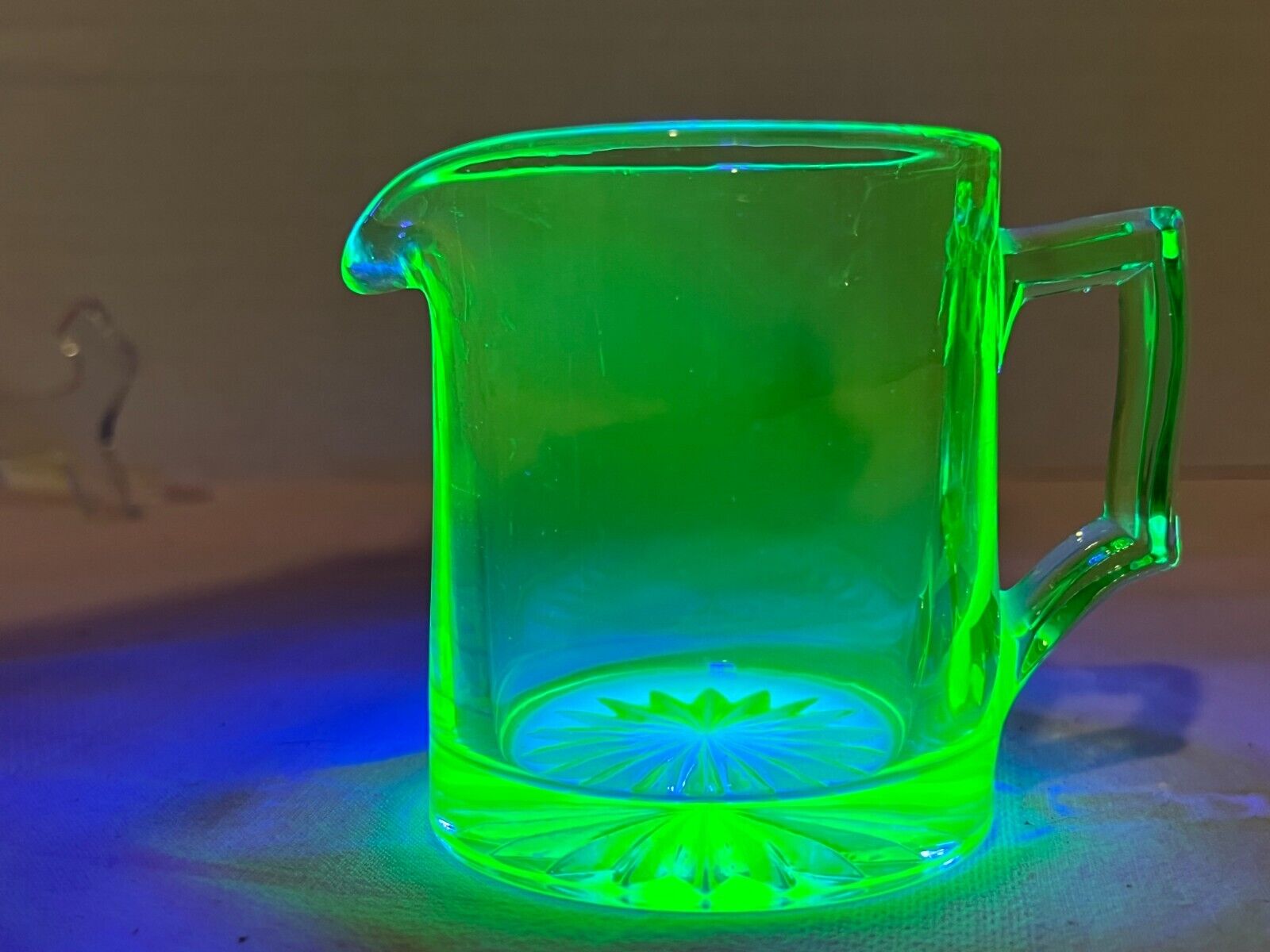
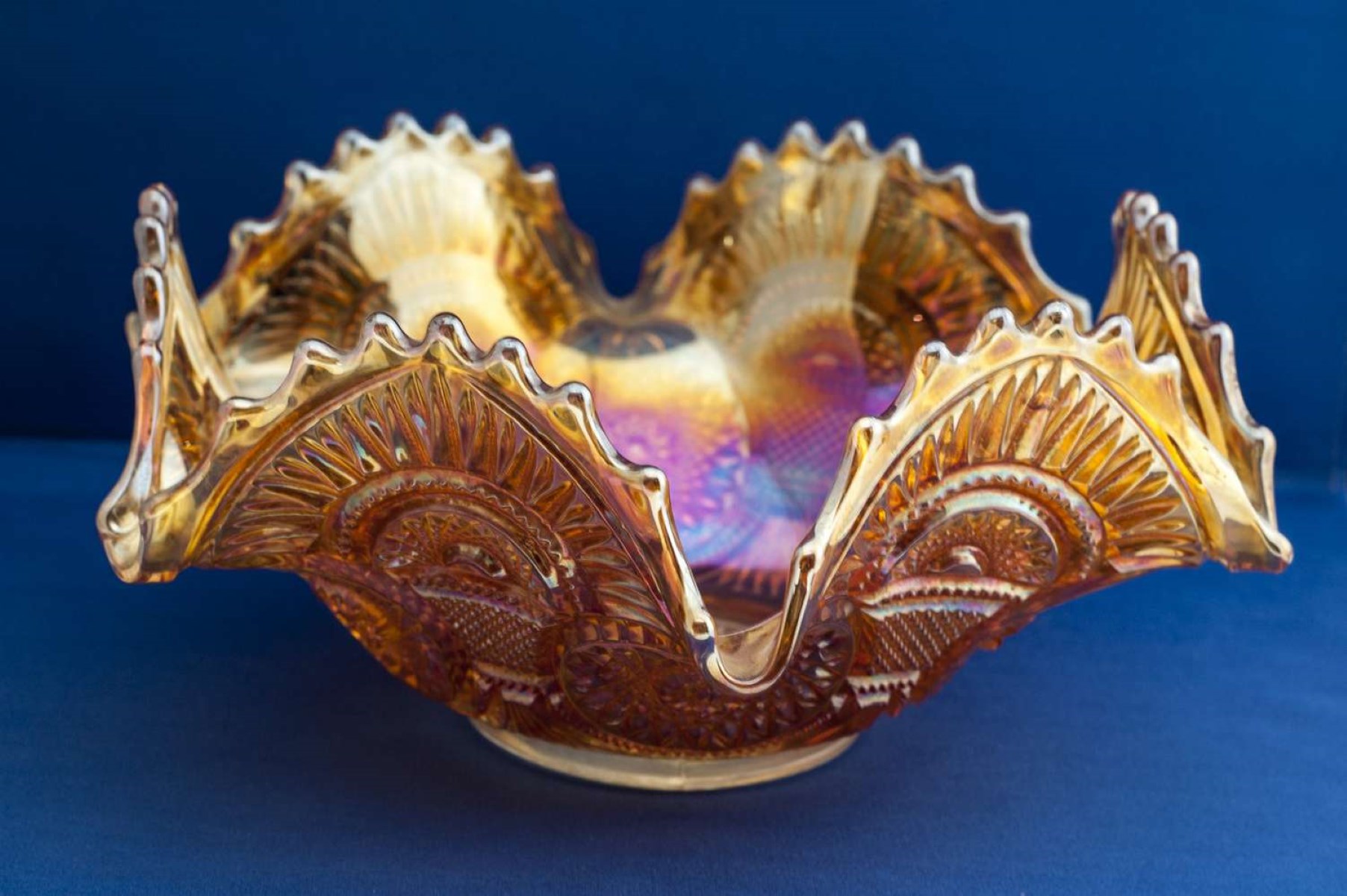
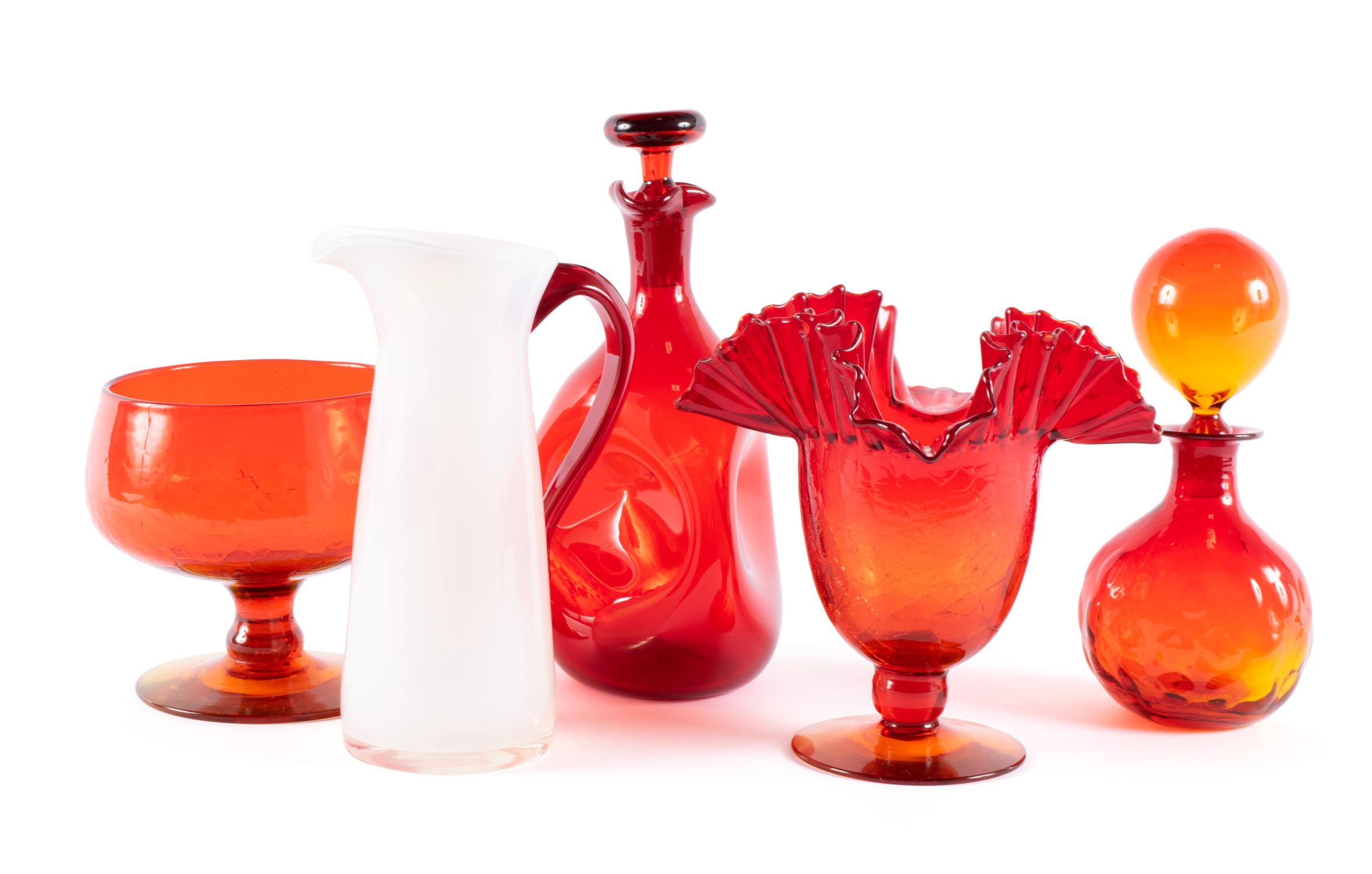
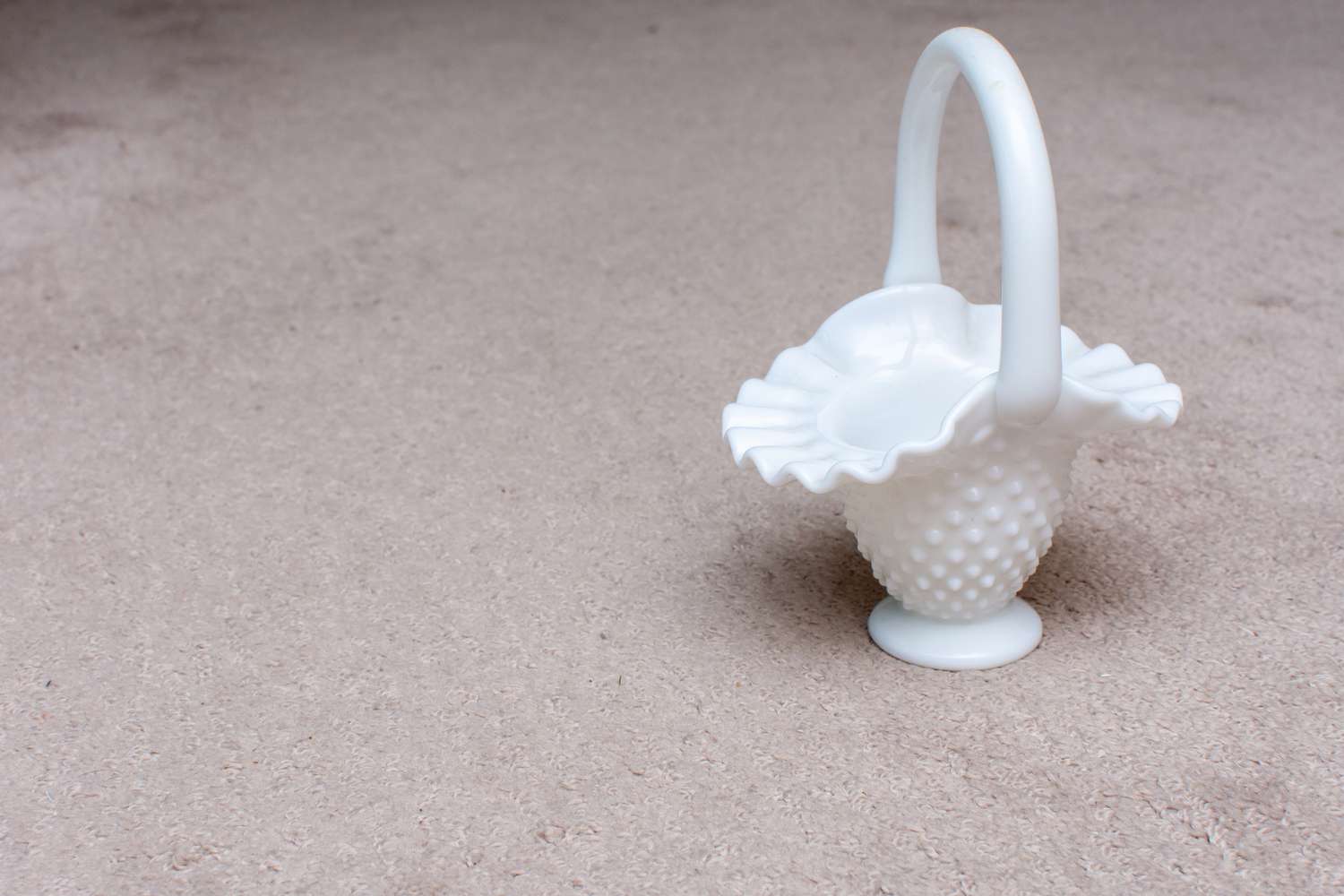
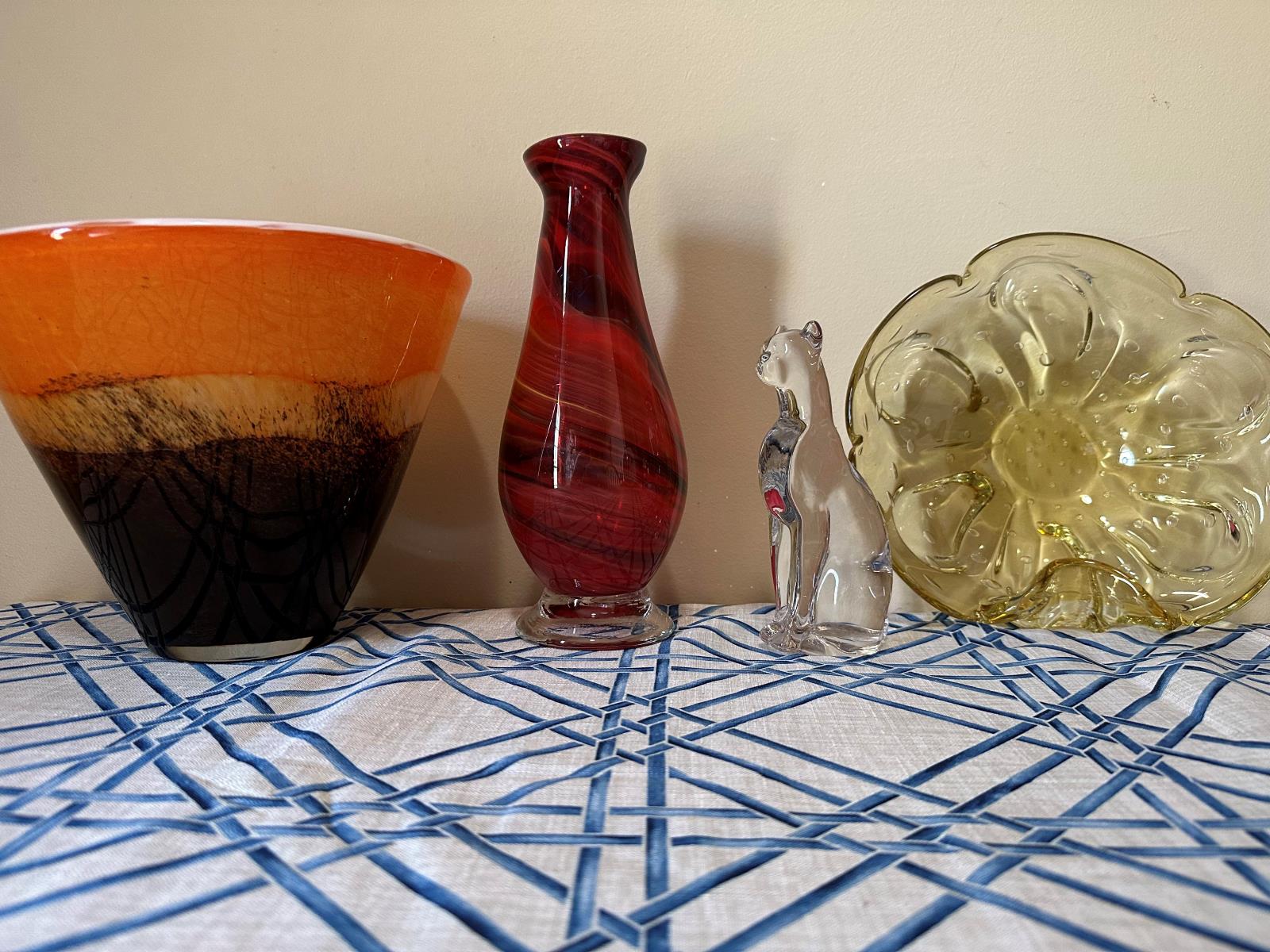
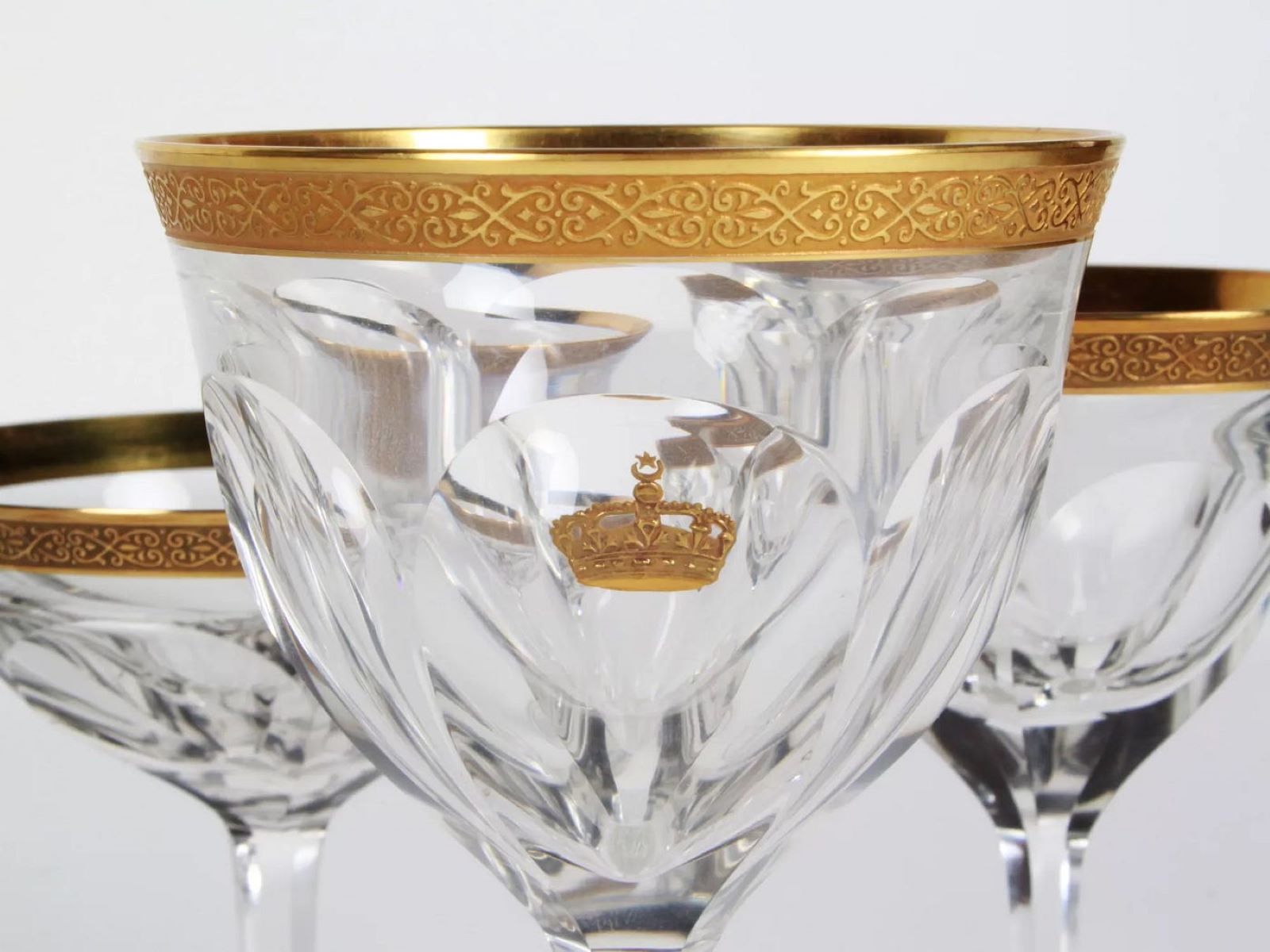
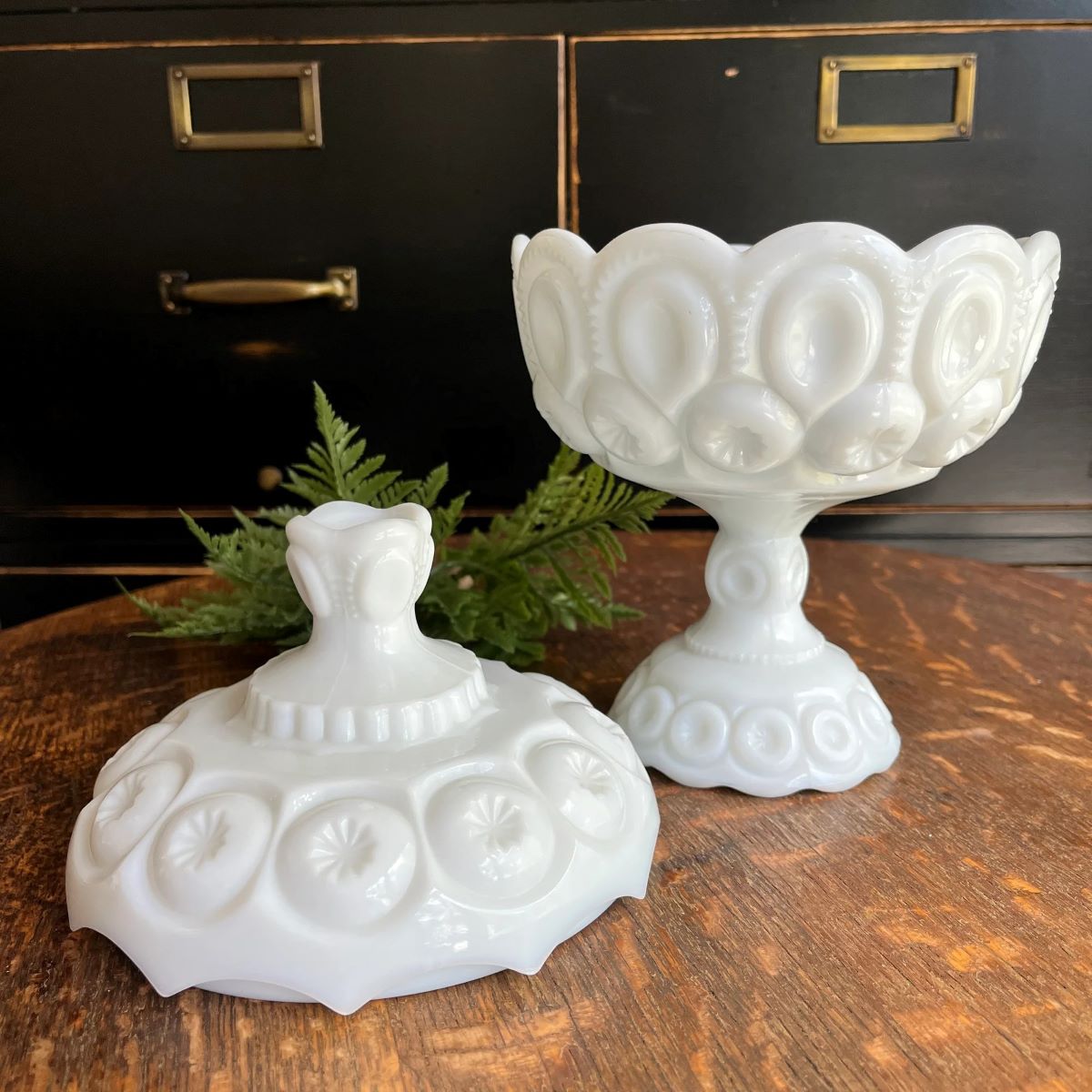
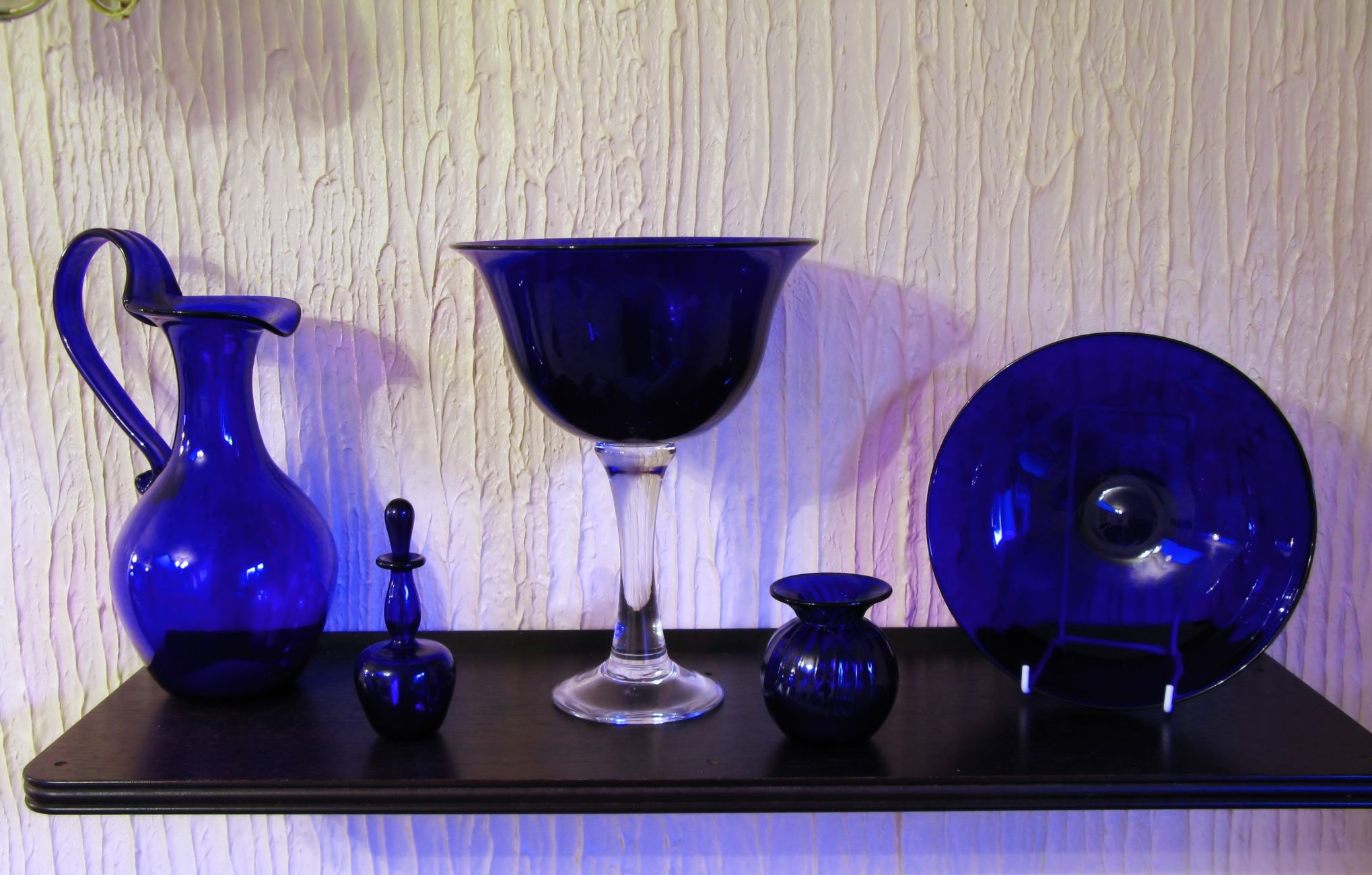
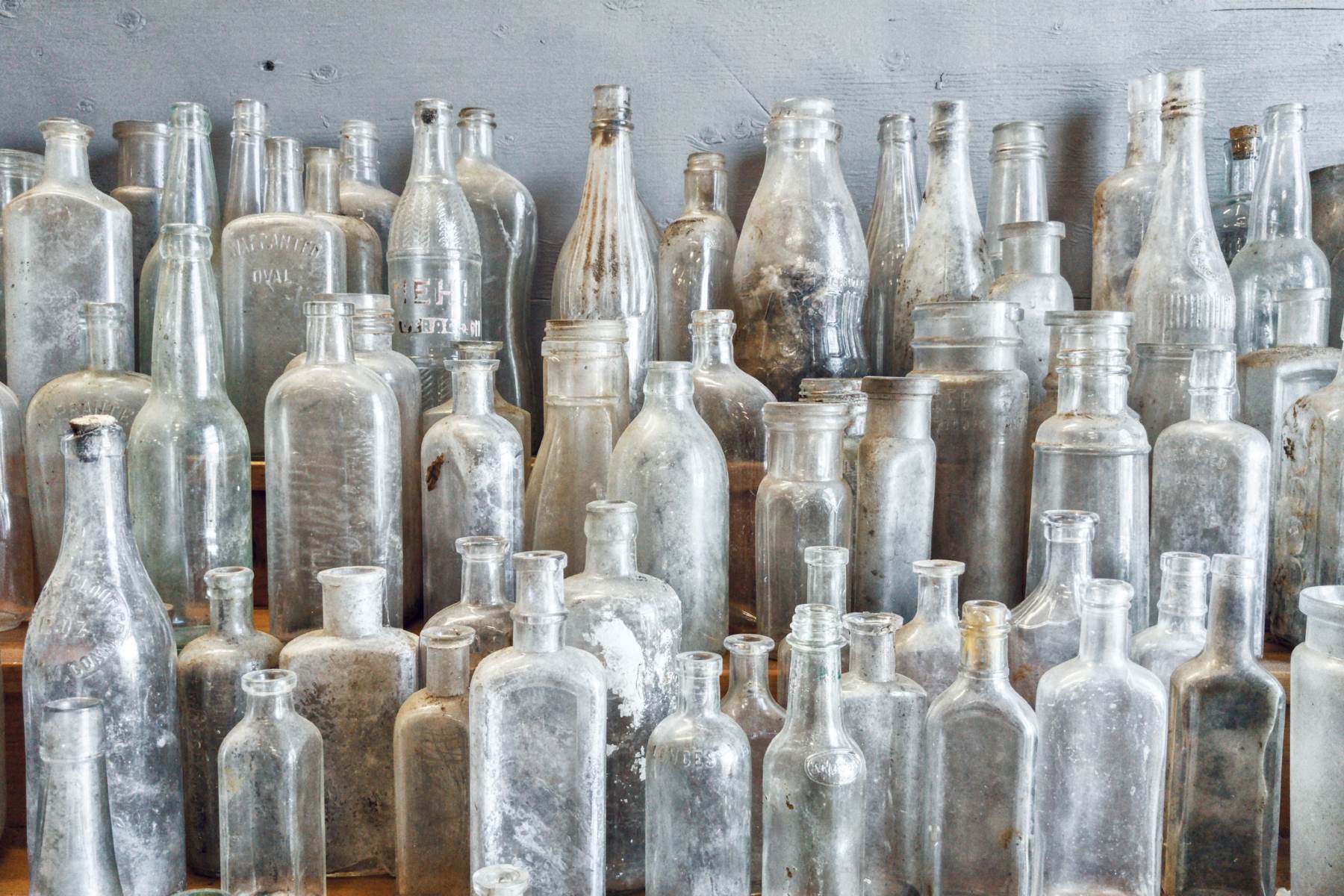
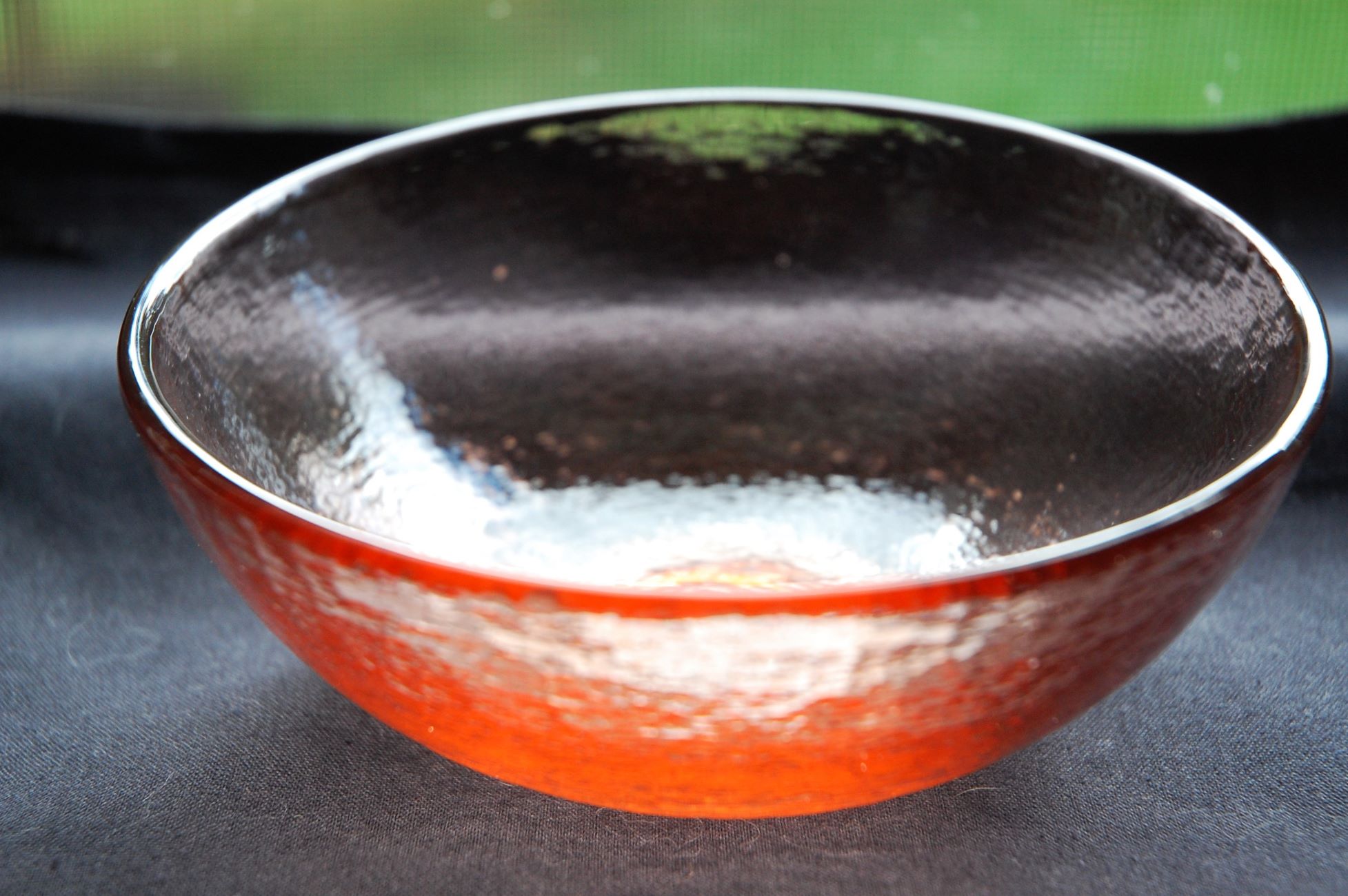
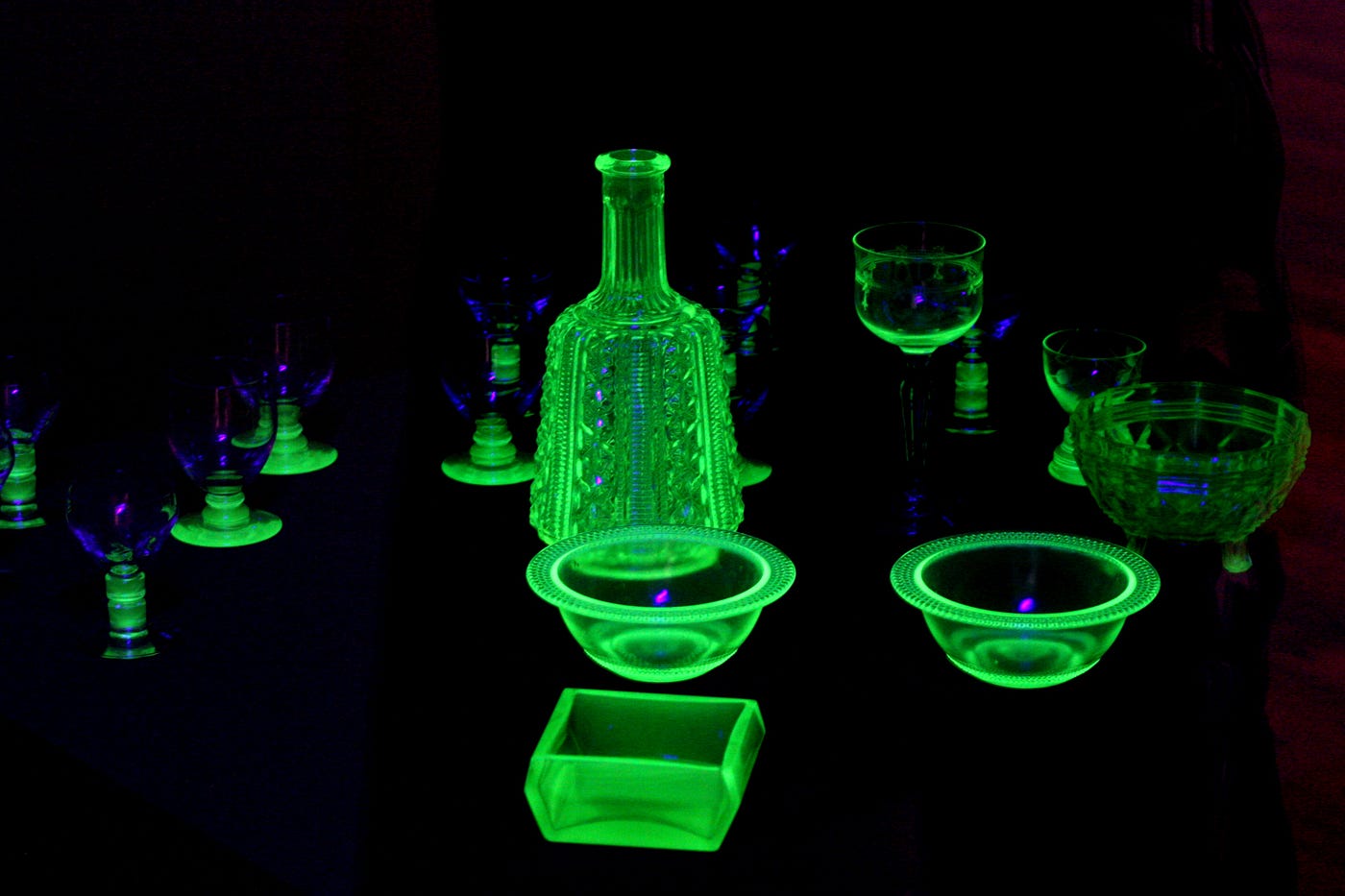

0 thoughts on “How To Identify Viking Glass”